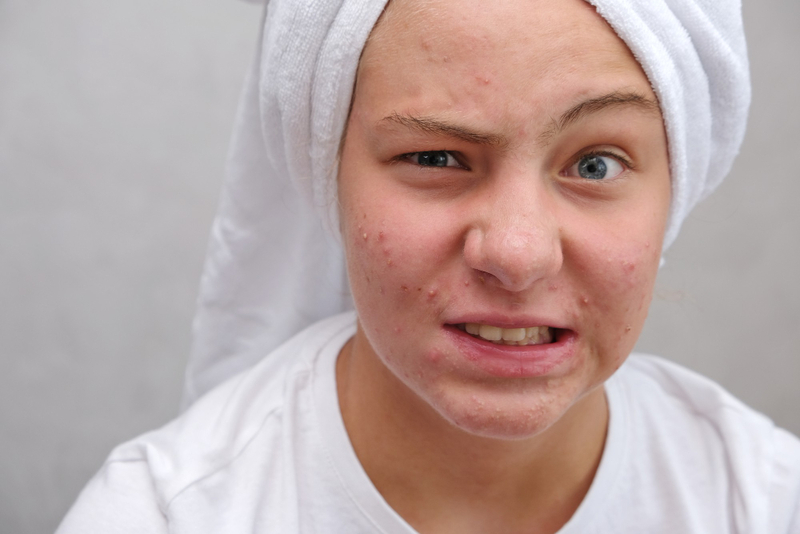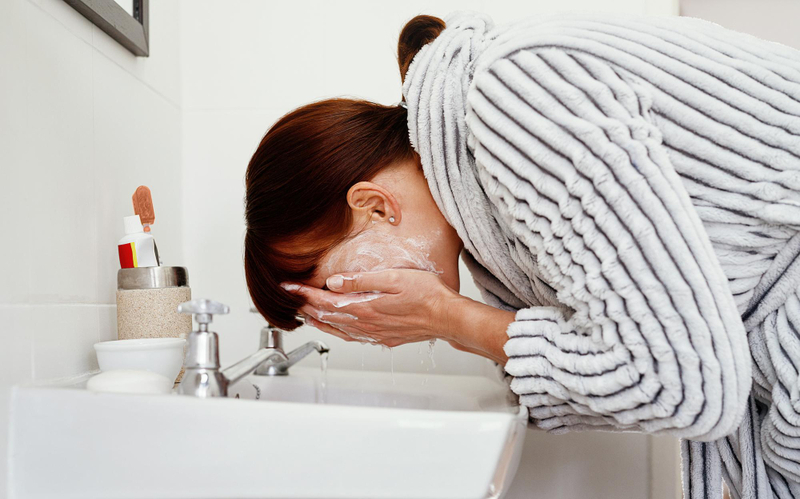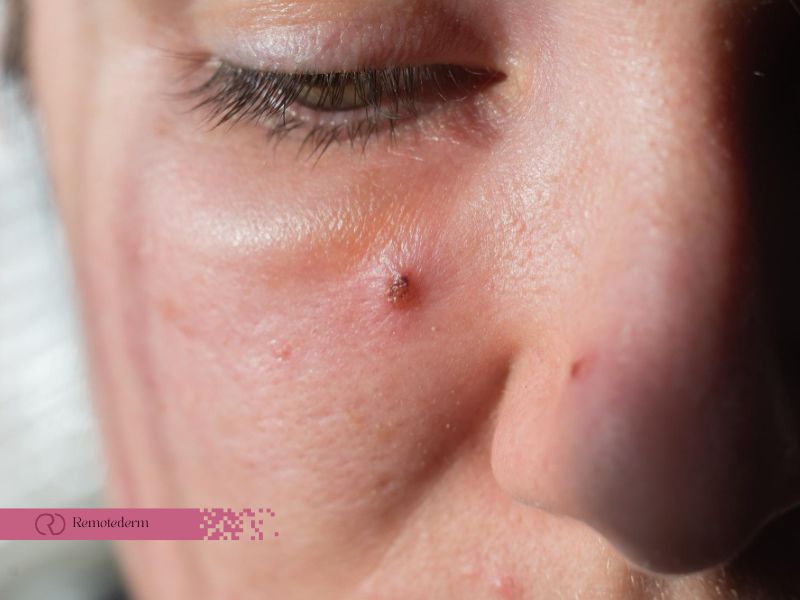Noticing a lump on your skin can feel a bit nerve-wracking, but most of the time, it’s no big deal. Skin lumps can show up for all kinds of reasons—anything from harmless cysts to more serious stuff like skin cancer. If you’re in Canada, with our freezing winters and dry indoor heat, you might even see these things a bit more often. Let’s dive into what skin lumps are, why they happen, and how to deal with them.
Are Lumps Under Skin Normal?
Skin lumps are nothing to worry about and can happen to anyone. They’re often just minor issues like a clogged pore or a harmless growth. That said, some lumps might mean something more serious, so it’s useful to know what clues to watch closely.
Common Types of Skin Lumps
Skin lumps are common and usually harmless. Identifying the type can help you decide if it needs treatment or just some care.
- Cysts: These are like little sacs filled with fluid or semi-solid stuff. They’re usually not painful unless they get infected.
- Lipomas: Soft, fatty lumps under your skin that move around when you touch them.
- Fibromas: Small, non-cancerous growths made of fibrous tissue.
- Acne: Those inflamed, red bumps we all love to hate.
- Hives: Raised, itchy patches that usually show up because of allergies.
If you’re unsure what’s going on with a lump, it’s always a good idea to check in with a dermatologist. With Nail online dermatology services available in Canada, you can get advice without even leaving your house.

When to Worry About a Skin Lump
Most lumps are harmless, but there are a few red flags you shouldn’t ignore.
- It’s growing fast: If the lump is getting bigger quickly, it’s time to see a doctor.
- It’s painful or red: These could be signs of an infection.
- It’s hard or doesn’t move: Unlike soft lipomas, hard lumps that stay put might need a closer look.
- It’s been there a while: If it doesn’t go away after a few weeks, have it checked.
- It looks weird: Irregular shapes or colors might mean skin cancer.
In Canada, where dermatologists can be hard to access in some areas, online consultations can make things easier.
Lump Skin Treatment Options
Treatments for skin lumps depend on what’s causing them, and not all lumps need treatment at all.
At-Home Remedies
Simple at-home remedies can often ease skin lumps and make them less bothersome.
- For Acne: Use a gentle face wash and spot treatments like salicylic acid. Don’t overdo it, though, or you’ll just irritate your skin.
- For Hives: Cool compresses and over-the-counter antihistamines can ease the itching.
- For Minor Cysts: Warm compresses might help them drain naturally.
Medical Treatments
For stubborn or serious skin lumps, medical treatments can provide effective solutions tailored to the cause.
- Drainage: For bigger cysts, your doctor might drain the fluid.
- Surgical Removal: Lipomas and other larger growths might need to be cut out.
- Medication: Infected lumps may need antibiotics, and inflamed ones might respond to steroids.
- Skin Cancer Treatment: If a lump turns out to be cancerous, options include surgery, radiation, or other therapies.
If you’re not sure what treatment is best, dermatologists in Canada, including online services, can help you figure it out.
Causes of Skin Lumps
There are loads of reasons why lumps show up, and knowing the cause can help you prevent them in the future.
- Clogged Pores: A common culprit behind acne and cysts.
- Allergic Reactions: Things like hives often pop up when your body’s reacting to something.
- Infections: Bacteria or fungi can cause swollen, painful lumps.
- Injuries: A bump or bruise can lead to a hematoma (a lump of blood under the skin).
- Skin Cancer: While rare, some lumps might be a warning sign, especially if they look unusual.
Tips for Preventing Skin Lumps
While you can’t avoid every lump, there’s plenty you can do to lower your chances:
- Wash Gently: Keep your skin clean without scrubbing too hard.
- Stay Hydrated: Moisturized skin is less likely to get irritated or cracked.
- Wear Sunscreen: Protect your skin from UV damage that can lead to skin cancer.
- Hands Off: Stop picking at acne or scratching hives—it only makes things worse.
- Eat Well: A diet rich in vitamins and nutrients supports healthy skin.
If you live in Canada, remember to adapt your skincare routine to the weather. Winter can be brutal on your skin, so use thicker moisturizers and avoid long, hot showers.

Living in Canada with Skin Lumps
Canada’s winters are tough on your skin, and the dry indoor air can make conditions like eczema, hives, and acne worse. Protecting your skin during the colder months is key to avoiding lumps and bumps. Here are some Canada-specific skin tips:
- Run a humidifier to keep indoor air from drying out your skin.
- Switch to a heavier cream or ointment in the winter.
- Bundle up with gloves and scarves to protect exposed skin.
- Stay consistent with your routine, even when it feels like a chore.
Final Thoughts
Skin bumps happen a lot, and most of the time, they’re not worth stressing over. Whether it’s a cyst, a lipoma, or just acne acting up, there are plenty of ways to manage them. But if a lump is painful, growing, or just seems off, don’t wait—check in with a dermatologist. For Canadians, online dermatology services make it easy to get advice and treatment without braving the cold. By staying on top of your skin care, you can keep lumps under control and focus on feeling good in your skin.
FAQs
Can stress cause skin lumps?
Yep, stress can mess with your skin by triggering hives or making acne worse. It’s another reason to take a breather and relax.
Do skin lumps go away on their own?
Some do! Minor cysts or hives often disappear without treatment, but if something sticks around, get it checked.
What’s the difference between a cyst and a tumor?
Cysts are usually fluid-filled and harmless, while tumors can be solid and may need medical attention. Always see a doctor if you’re unsure.
Are skin lumps contagious?
Most aren’t, but things like warts or infections can spread. Keep good hygiene and avoid sharing personal items like towels.
